So you’ve decided to try keto. Welcome to the club! I remember how overwhelming it felt when I first started—reading labels like a detective and feeling personally betrayed by how many carbs were hiding in my favorite foods.
After three years on keto (with occasional pizza-related lapses I refuse to feel guilty about), I’ve learned the hard way what works and what doesn’t. Let’s cut through the confusion and talk about what foods you need to ditch to make keto work for you.
The Basics: What Makes Keto Different
Before diving into the “avoid” list, let’s get clear on why we’re avoiding certain foods in the first place.
The ketogenic diet works by dramatically reducing carbohydrates and replacing them with fat, putting your body into a metabolic state called ketosis. When this happens, you become incredibly efficient at burning fat for energy rather than carbs, and this can lead to weight loss and other health benefits.
For most people, this means limiting carbs to about 20-50 grams per day. That’s shockingly little when you realize a single banana has about 27 grams of carbs!
The Obvious Carb Culprits
Let’s start with the foods that are obvious no-gos on keto:
Grains and Grain Products
I still remember the moment I realized just how many of my favorite foods fell into this category. Basically, anything made from wheat, corn, rice, oats, and barley is off the table:
- Bread (yes, even that “healthy” whole grain stuff)
- Pasta (my personal kryptonite)
- Rice (white, brown, wild—all of it)
- Cereal (even the “sugar-free” varieties)
- Crackers, chips, pretzels
- Beer (more on alcohol later)
The hardest part for me was breakfast. Toast, bagels, cereal, and oatmeal were my morning staples. Finding keto-friendly alternatives took some creativity, but eggs became my new best friend.
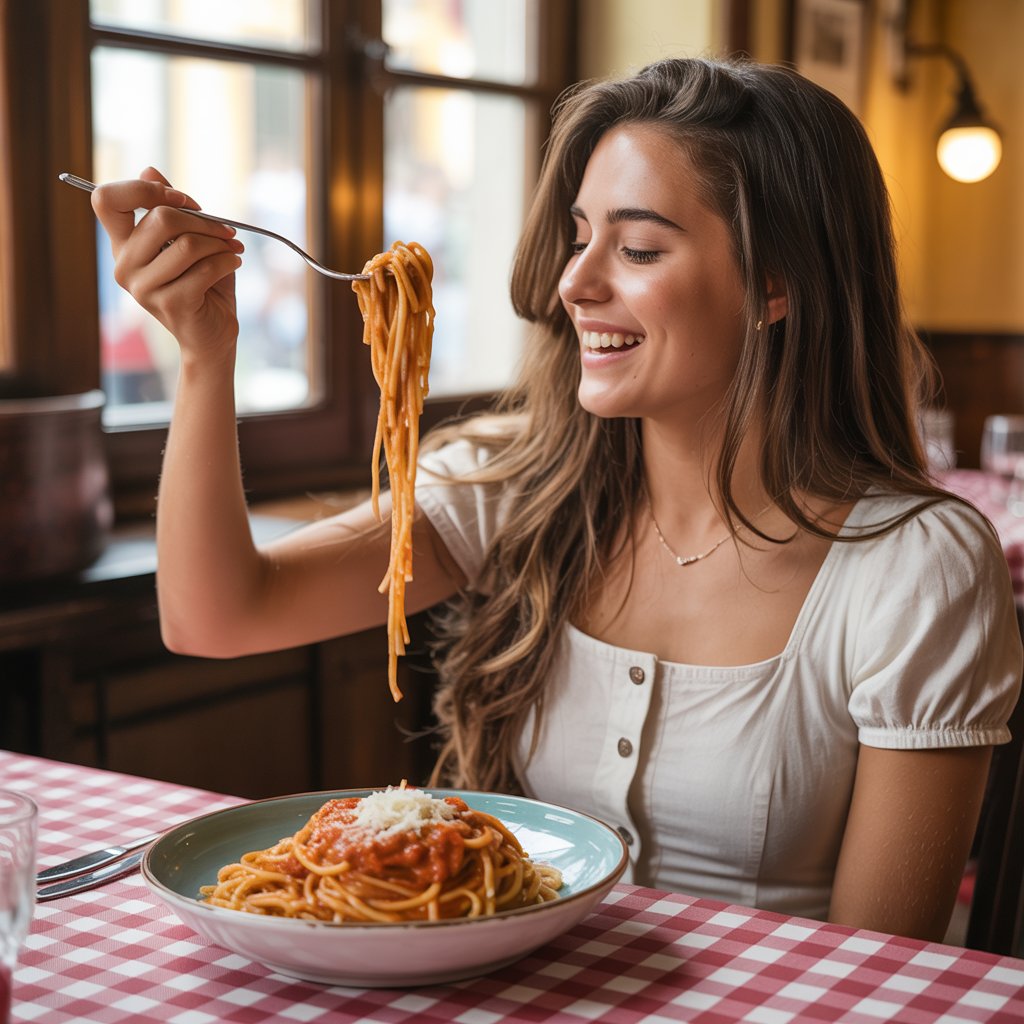
Sugar and Sweets
This category hurts, I’m not gonna lie. But sugar is essentially pure carbohydrate, so it’s a definite no:
- Table sugar, brown sugar, honey, maple syrup, agave
- Candy and chocolate (except very dark chocolate in small amounts)
- Cakes, cookies, pies, and pastries
- Ice cream (regular varieties)
- Jams and jellies
- Most fruits (more on this below)
I used to have the world’s biggest sweet tooth. The first two weeks without sugar were rough, but after that, my cravings actually decreased dramatically. Now, things that didn’t taste sweet to me before (like bell peppers) actually taste sweet.
Starchy Vegetables
Not all veggies are created equal in the keto world:
- Potatoes (white, sweet, red—all types)
- Corn
- Peas
- Winter squash (butternut, acorn)
- Carrots (in large amounts)
This was honestly the category that surprised me most when I started keto. I thought all vegetables were “free foods,” but starchy vegetables can pack a serious carb punch.
Most Fruits
This one breaks my heart, but most fruits are too high in natural sugars:
- Bananas
- Apples
- Oranges, grapefruits, and most citrus
- Grapes
- Mangoes, pineapples, and other tropical fruits
- Dried fruits (dates, raisins, etc.)
Small portions of berries (strawberries, raspberries, blackberries) can usually fit into a keto diet, and they’ve been my saving grace when I need something sweet.
The Sneaky Carb Sources
Now for the less obvious foods that can kick you out of ketosis:
Condiments and Sauces
These little additions can add up quickly:
- Ketchup (loaded with sugar)
- BBQ sauce (basically sugar with some spices)
- Sweet salad dressings (balsamic vinaigrette, French, etc.)
- Many hot sauces (check labels for added sugar)
- Store-bought marinades and sauces
I learned to check labels religiously or make my own versions. For example, mayo, mustard, hot sauce (most varieties), and oil and vinegar dressings are usually fine.
“Diet” Foods
Just because something says “diet” doesn’t mean it’s keto-friendly:
- Low-fat products (they usually replace fat with sugar or carbs)
- Diet candy/chocolate (often contain maltitol, which can impact blood sugar)
- “Sugar-free” products that still contain other carbs
- Many protein bars (check those labels!)
I spent $7 on a “keto” protein bar once that had 15g net carbs. Lesson learned.
Beverages
What you drink matters just as much as what you eat:
- Soda (even diet soda is controversial in keto circles)
- Fruit juice (even 100% natural)
- Sweetened tea or coffee drinks
- Sports drinks
- Most smoothies
- Milk (yes, regular milk has quite a bit of natural sugar)
I switched to water, black coffee, unsweetened tea, and the occasional diet soda (though some people avoid artificial sweeteners entirely).
The “But It’s Healthy!” Foods
Some of the most confusing foods are ones that are generally considered healthy but don’t work on keto:
Legumes
All beans and lentils are too high in carbs:
- Black beans, pinto beans, kidney beans
- Chickpeas (goodbye, hummus)
- Lentils
- Peas
- Peanuts (technically a legume, though many keto folks eat them in moderation)
Whole Grains
Don’t be fooled by their health halo:
- Quinoa
- Brown rice
- Oatmeal
- Whole wheat anything
“Superfoods”
Some trendy health foods don’t work on keto:
- Açaí bowls
- Smoothie bowls
- Kombucha (many brands contain sugar)
- Most store-bought trail mixes
The Gray Area Foods
Some foods fall into a gray area where small amounts might be okay, depending on your personal carb tolerance:
Dairy
Most dairy is fine on keto, but there are exceptions:
- Milk (relatively high in natural sugar)
- Flavored yogurts (sugar bombs)
- Low-fat dairy products (often have added sugar)
Cheese, butter, heavy cream, and plain Greek yogurt (in moderation) are usually fine.
Nuts and Seeds
These are generally keto-friendly but vary in carb content:
- Cashews (surprisingly high in carbs)
- Pistachios (moderate carbs)
Stick to macadamias, pecans, walnuts, almonds, and chia seeds for the lowest carb options.
Alcohol
Most alcoholic drinks contain carbs, but there are exceptions:
- Beer is generally a no-go (even light beer)
- Sweet wines are out
- Cocktails with juice or syrups are carb bombs
- Hard cider is typically too sugary
Pure spirits like vodka, whiskey, rum, and tequila contain zero carbs, and dry wines can be consumed in moderation.
Just remember that alcohol can slow fat burning temporarily, as your body processes the alcohol before anything else. And your tolerance will likely be lower on keto!
The “Health Washed” Processed Foods
Marketing can be deceiving. These products sound keto-friendly but often aren’t:
“Low-carb” Processed Foods
The food industry has caught on to the keto trend:
- “Keto” bread (check those labels carefully)
- “Low-carb” wraps and tortillas (many still have 10+ grams per serving)
- “Sugar-free” candy (often uses maltitol, which can impact blood sugar)
- “Keto” cookies and snacks (expensive and often disappointing)
Some of these products may work for you, but they’re also often expensive and may contain ingredients that stall weight loss for some people.
My Personal Experience: The Unexpected Culprits
After keeping a food journal for months, I discovered some surprising foods that were stalling my progress:
Artificial Sweeteners
Not all sugar alternatives are created equal:
- Maltitol (common in sugar-free candy) can impact blood sugar
- Some people report stalls with excessive use of any artificial sweeteners
- Sweeteners can maintain cravings for sweet foods
I now limit artificial sweeteners to special occasions rather than daily use.
“Keto” Baked Goods
Even if they’re technically low in net carbs:
- Almond flour and coconut flour baked goods can be calorie-dense
- Recreating high-carb favorites sometimes maintained my cravings
- Some people find certain keto flours cause inflammation
I enjoy these occasionally but don’t make them dietary staples.
Too Many Keto Snacks
Even low-carb options can hinder progress:
- Nuts are easy to overeat
- Cheese is calorie-dense
- Keto bars and processed snacks often contain ingredients that may cause stalls
When I stopped snacking altogether, I saw better results.
Beyond the Food: What Else to Avoid
It’s not just about what you eat, but how you approach the diet:
Avoid Perfectionism
Obsessing over every gram of carbs can make keto unsustainable:
- Stress impacts your results
- All-or-nothing thinking leads to giving up
- Food should be enjoyable, not anxiety-inducing
I’ve found that consistency beats perfection every time.
Avoid Ignoring Your Body
Listen to your body’s signals:
- Forcing fasting if you feel terrible
- Ignoring persistent side effects
- Not adjusting for your individual needs
What works for Instagram influencers might not work for you.
My Final Thoughts
After three years of keto with various degrees of strictness, I’ve learned that sustainability is key. Some people do best with strict clean keto, while others need more flexibility.
The foods to avoid on keto are pretty clear-cut from a scientific perspective, but how strictly you need to avoid them depends on your goals, health conditions, and body’s unique responses.
I’ve found my sweet spot by being strict during the week and allowing small indulgences on weekends (like berries with heavy cream or a glass of dry wine). This approach has helped me maintain a 45-pound weight loss while still enjoying life.
The best diet is one you can stick with, so find your personal balance between keto strictness and quality of life. And remember that one high-carb meal doesn’t erase all your progress—just get back on track with your next meal.
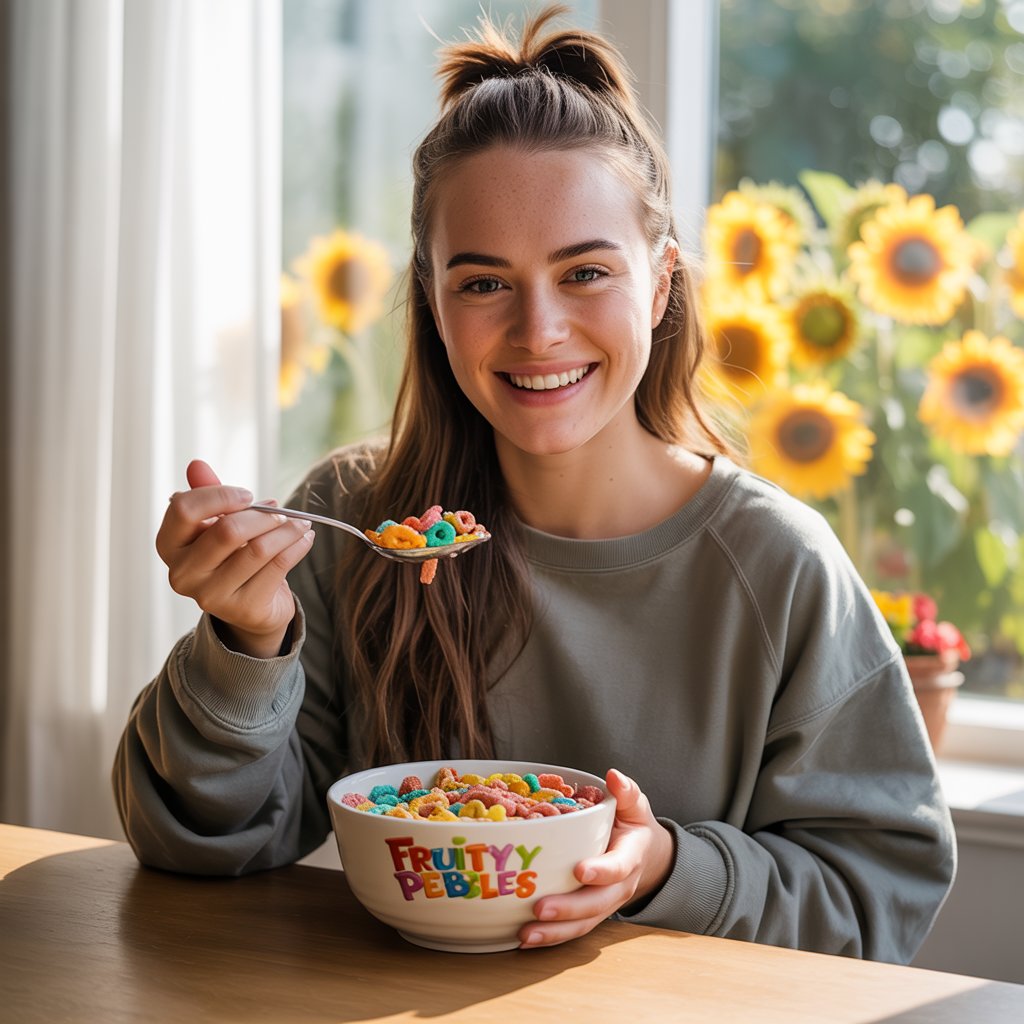


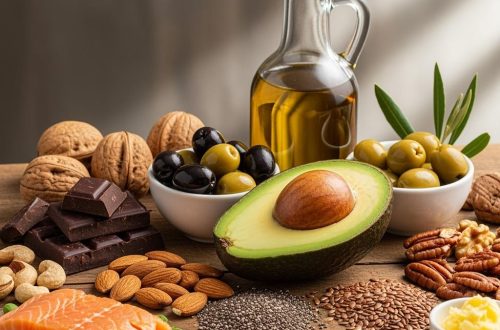
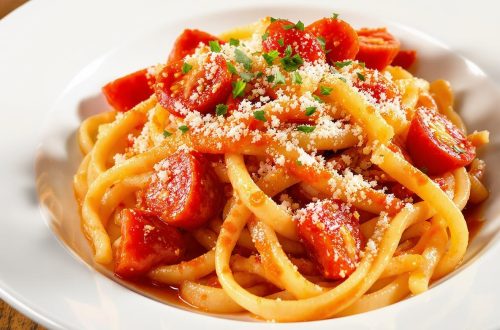
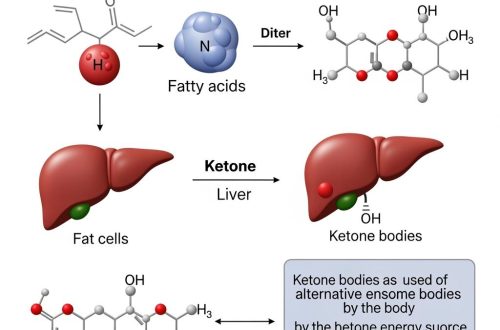
One comment on “What Foods Should I Avoid On The Keto Diet?”
Comments are closed.